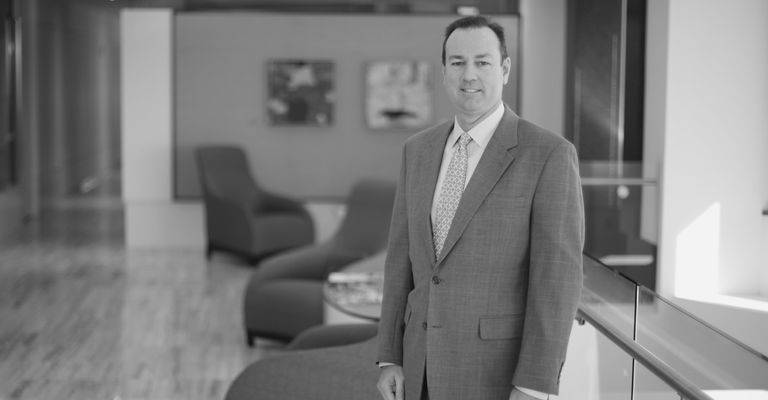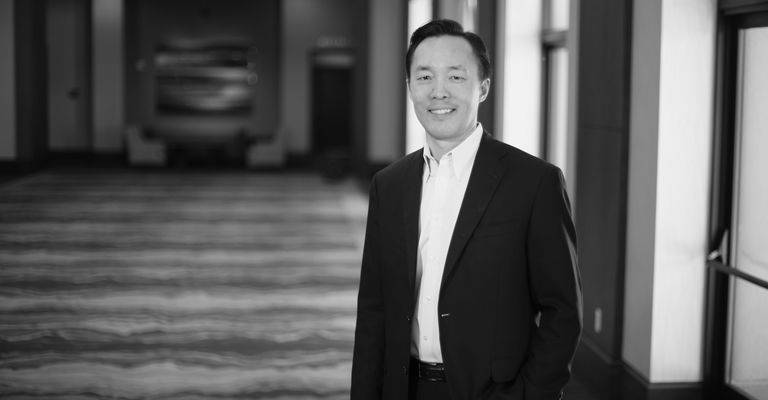Patents: Counseling, Prosecution and Practical Business Services
Overview
A patent may be critical in protecting a business against encroachment by competitors or may be used by a business as a bargaining chip if it is accused of infringing a competitor's patent. A patent could be the key to a company’s profitability or even its survival. Whether the patented invention is a genetically modified microorganism, a polymer, a surgical tool, or a computational circuit, the lawyers of BCLP are knowledgeable about the underlying technology and applicable law and can help you determine the best strategy for capitalizing on the commercial advantages of your invention.
We routinely advise clients how to protect their new inventions. Sometimes we suggest filing a patent application after we first assess patentability. Sometimes we recommend maintaining a new invention as a trade secret. If the recommendation is to file a patent application, our attorneys work with the inventors to obtain the necessary information. We speak their language and we speak the language of patent examiners: we are former engineers, scientists, and patent examiners, and we keep current with changes in patent law and regulations. We work directly with the U.S. Patent and Trademark Office and, through associates, with patent offices outside the United States, to obtain patents around the world, when doing so makes good business sense.
Members of our group work with clients to develop and implement sound patent procurement and enforcement strategies. This includes ex parte and inter partes procedures before the U.S. Patent and Trademark Office, such as preparing and prosecuting requests for reexamination and reissue, briefing and arguing patent appeals before the U.S. Patent and Trademark Board of Patent Appeals and Interferences, and handling complex patent interferences. We conduct freedom to operate studies, prepare patent infringement and validity opinions, counsel on the risk of patent infringement, investigate infringement allegations, litigate patent infringement suits and related appeals, perform due diligence investigations, and develop strategies for patent licensing. We conduct patent audits to gauge the strength of a company’s patent portfolio and state of the art searches to evaluate the competitive patent environment when a client is considering entering a new field.
Following are representative areas of our patent experience.
Biotechnology
“Biotechnology” is not just the high-tech genetic engineering that started in the 1970s. It actually includes any technology that involves biological systems, dead organisms, or derivatives thereof to make or modify products for specific use, for example, in the healthcare, agricultural, industrial, and environmental areas. Thus, “biotechnology” concerns fermentation (e.g., to yield foods and beverages), recombinant microorganisms (e.g., for producing synthetic hormones or for helping to clean up oil spills), monoclonal antibodies (e.g., to be used in medical assays), gene therapy (e.g., to treat diseases or conditions), and the development of plants and animals with beneficial characteristics (e.g., pesticide-resistant crops). We have the training and experience to help you in all of these areas.
Business Methods
We counsel clients and file and prosecute patent applications on a wide variety of business methods. From the 1998 State Street case, which popularized business method patents, to the decision by the United States Supreme Court in the Bilski case, our attorneys follow legal developments in this area and advise clients on how these decisions affect their businesses. We have assisted clients with business method patents involving, for example, ordering of goods on the Internet, securitization of assets, approval of Internet credit card purchases, real estate valuation systems, and medical insurance systems.
Chemical
We have experience with chemicals such as polymers (e.g., nylons, polyurethane foams, polyolefins), catalysts, alloys, agricultural chemicals (e.g., herbicides, fungicides), and fluorocarbons, among many others.
Computers, Software, and the Internet
We routinely advise clients on a range of advanced technologies, including: computer systems for avionic applications, networking systems, and telecommunications systems; software applications for medical devices, insurance reimbursement systems, database management systems, and project management; software and hardware for acquiring and processing biometrics information; and Internet-based credit card processing systems and on-line co-branding techniques.
Design Patents
Design patents protect the ornamental designs of useful articles, such as the non-functional aspects of the shape of a product or container. A design patent may provide a cost-effective way to stop a competitor from marketing a product that looks identical to yours. Even computer-generated icons may be eligible for design patent protection if they are embodied in an article of manufacture. In the 2008 Egyptian Goddess case, the Court of Appeals for the Federal Circuit streamlined the test for determining whether a design patent is infringed: broadly speaking, the test is now whether the accused product would appear to be substantially the same as the patented design from the point of view of an ordinary observer. We have secured patent protection for the designs of such diverse products as electric guitars, computer equipment, gaming devices, cellular telephones, surgical devices, sales displays, and handbags. We can guide your design development to stay outside of competitors' patents, and we can help turn your product design into a valuable patent asset.
Electrical and Electronic
Our attorneys have in-depth knowledge of a wide range of traditional and emerging electrical and electronic technologies, such as electrical surge protectors, power line conditioners, KVM switches, consumer electronics, modems, iPod® accessories, USB hubs, high power and low power semiconductor devices, rapid charging systems, cellular communications systems, air conditioning and heating systems, MEMS devices, pressure, temperature, and chemical sensors, renewable energy and energy management systems, power generation equipment, refuse-to-power generation systems, electrical hoists, variable-speed motors, touch-screen flexible electronic displays, non-volatile memories, ultrasound devices, reduction of residual carbon in fly ash, and aircraft control systems and displays.
Mechanical
Our attorneys have experience working with a wide range of mechanical and electromechanical equipment and systems, including automotive and aerospace components and systems such as reciprocating and turbine internal combustion engines, transmissions, bearings, and tires; power generation equipment, including for renewable energy (e.g,. hydropower, wind energy, and solar power); heating, ventilation, and air conditioning systems and equipment, including heat exchangers, pollution control devices, and energy recovery wheels; robotics; pumps; hydraulics; pneumatic systems; valves; control systems; sporting goods and recreational equipment, including tennis shoes, goggles, lacrosse gloves, scooters, skateboard-like products, and golf clubs; sales displays; hand tools; welding; ship building; mining equipment; coatings; copiers and printers; furniture; paper manufacturing; box manufacturing; filtration equipment; and medical devices.
Medical Devices
Medical devices typically encompass more than one technology. For example, a stent encompasses mechanical, metallurgical, and chemical technologies; a cochlear implant encompasses mechanical and electronic technologies and the interface between the device and the audio sensory organ; a circulatory stimulation device encompasses mechanical, acoustical, and electronic technologies; and even a simple exercise device encompasses mechanical and ergonomic technologies. Our attorneys have a wide range of experience in medical devices, including, in addition to the above, devices for treating carpal tunnel syndrome, devices for optical measurements on whole blood, EKG and other electrodes, a system for detection of protein contamination on an electrode, solid deodorizers for ostomy pouches, devices for testing sterilization methods and materials, a membrane and sensor for biological, physiological, and chemical measurements, devices for analysis of physiological fluids such as blood gas analysis, a patient communications device for receiving patient information and administering tests, surgical staplers and staples, IV sets, intraocular lenses, urological prostheses, chest tubes, surgical retention clips, syringes, catheters, guidewires such as for neurological applications, and implants such as cochlear implants, pacemakers, and neural implants.
Pharmaceutical
Our experience includes pharmaceutical compounds and formulations, therapeutic methods, and a range of Hatch-Waxman issues, including patent term extension, loss of exclusivity, and generic entry into the market.
Meet The Team
Related Practice Areas
-
Intellectual Property and Technology Disputes
-
Patents Litigation
-
USPTO Trials & Reexaminations
-
Trade Secrets
-
Trademark Prosecution, Counseling and Protection Services
-
Trademark Litigation
-
Copyrights
-
Technology Transactions
-
University Technology Development, IP Protection & Commercialization
Related Insights
Mar 04, 2025
Feb 02, 2022
November 4, 2021






